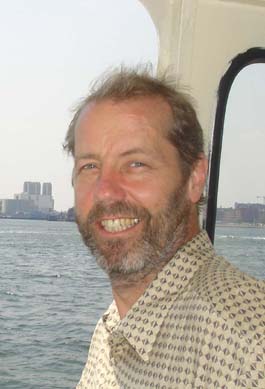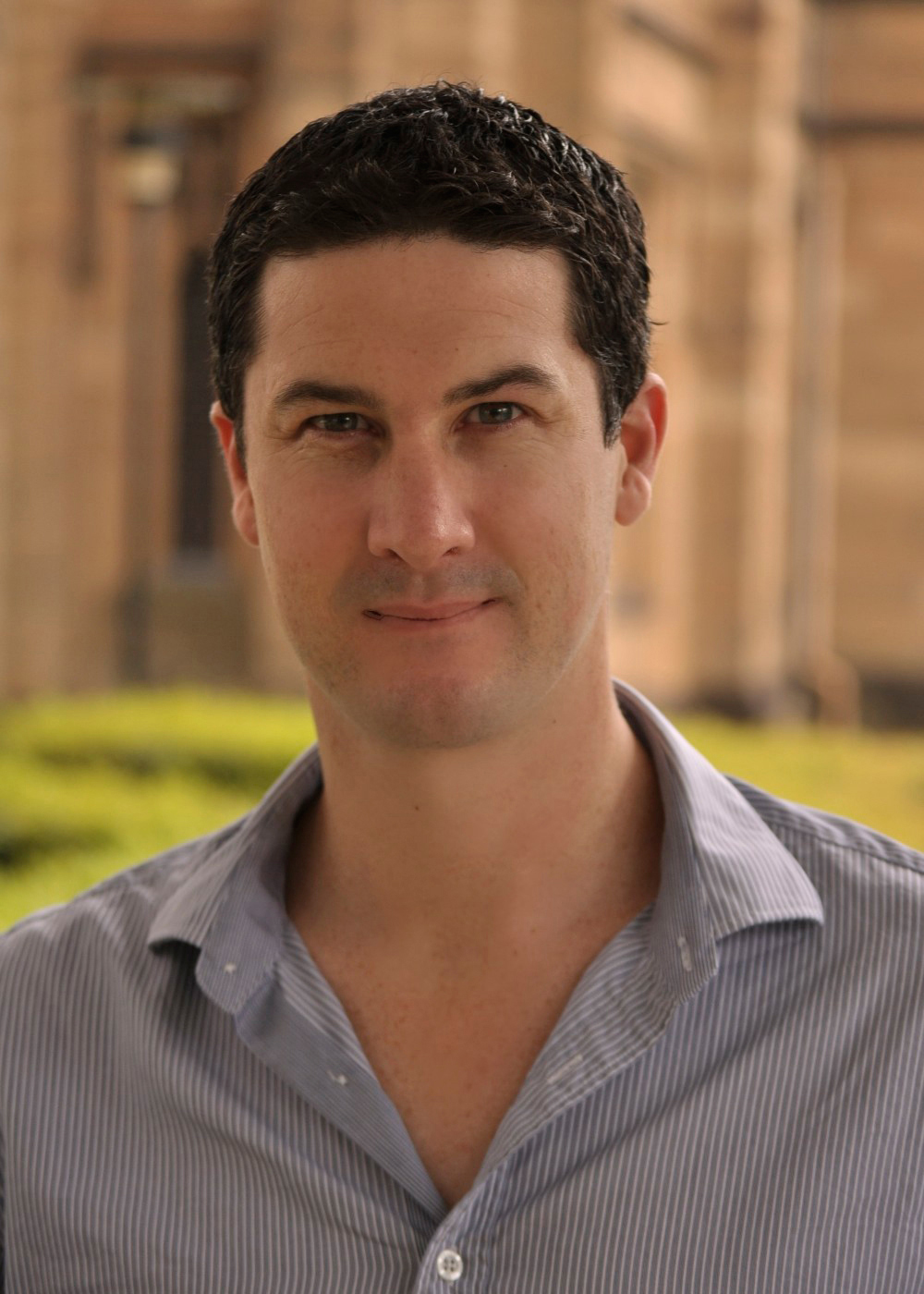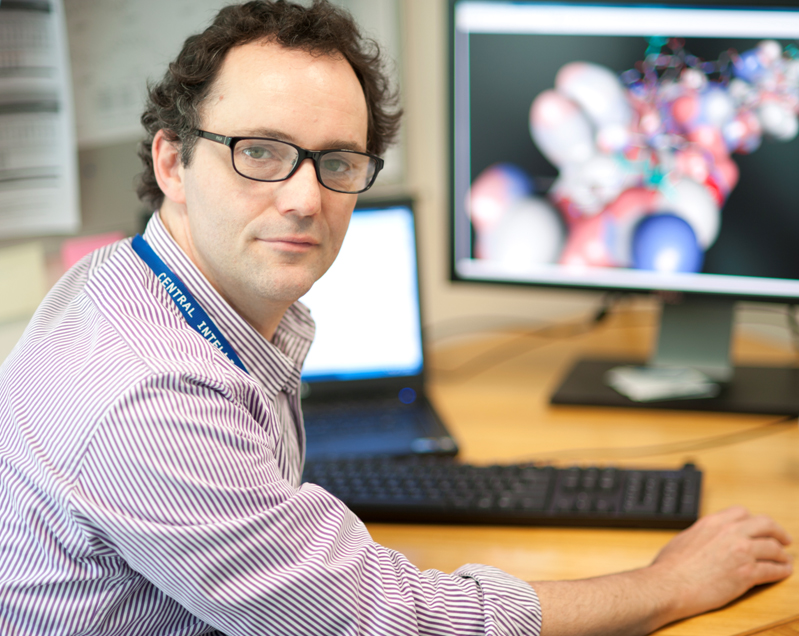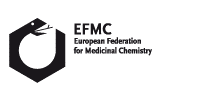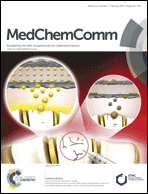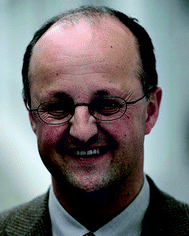Chemistry in Health 2015 – Towards new therapeutics to fight disease
26 May, Burlington House, London, UK
This free to attend symposium will focus on the development of new therapies to fight infectious diseases, in particular highlighting the important role of chemistry and biochemistry. Tackling antimicrobial resistance will require researchers from a range of disciplines to work together and this event will showcase leading research from a number of our recent Prize and Award winners.
Taking place during the same month that the World Health Organisation will present their draft global action plan on antimicrobial resistance at the World Health Assembly, this symposium presents a timely opportunity to highlight the role of science in mitigating antimicrobial resistance. We will also explore the development of new improved platforms for collaboration, such as Public Private Partnerships (PPP), which enable the research and development that is needed to better deliver the medicines of the future.
A poster session will be held over lunch. Poster abstract deadline: 29 April 2015.
For more information about the speaker line up and to register please visit the event page. Registration deadline: 8 May 2015.
This event is organised as part of our human health programme. You can find out more at http://rsc.li/global-challenges











